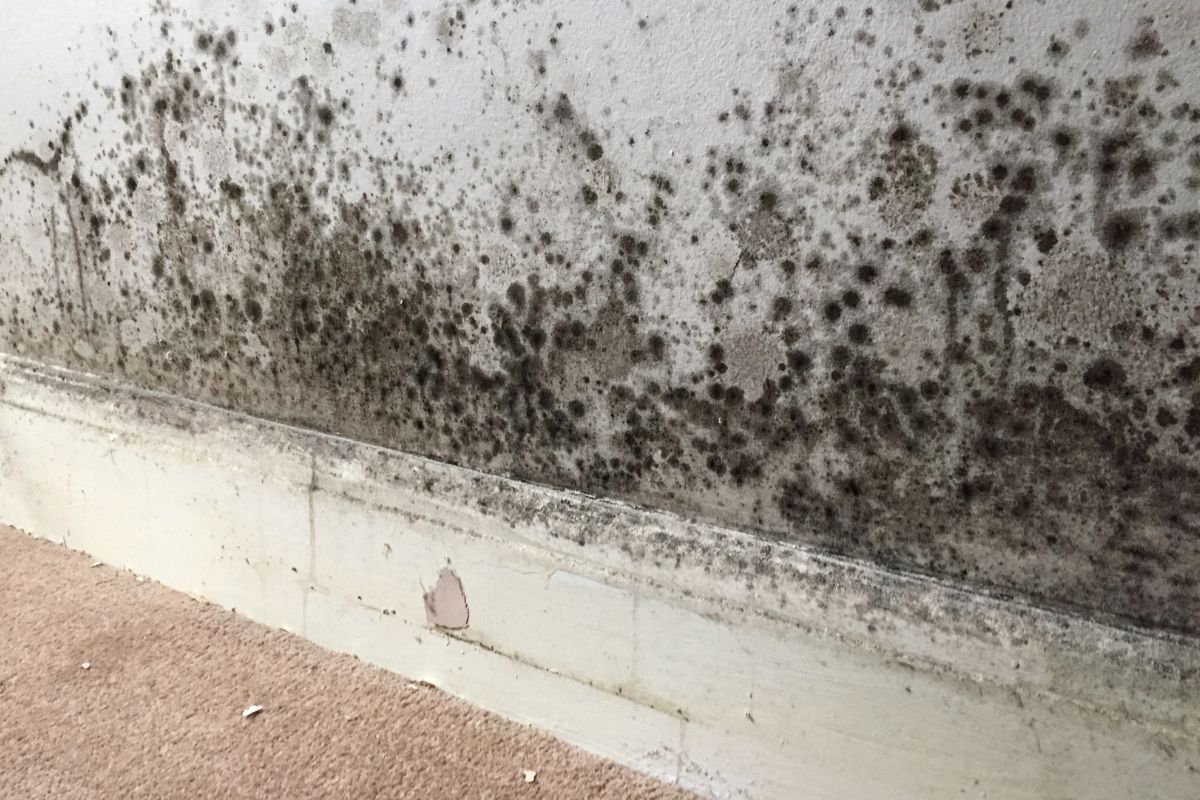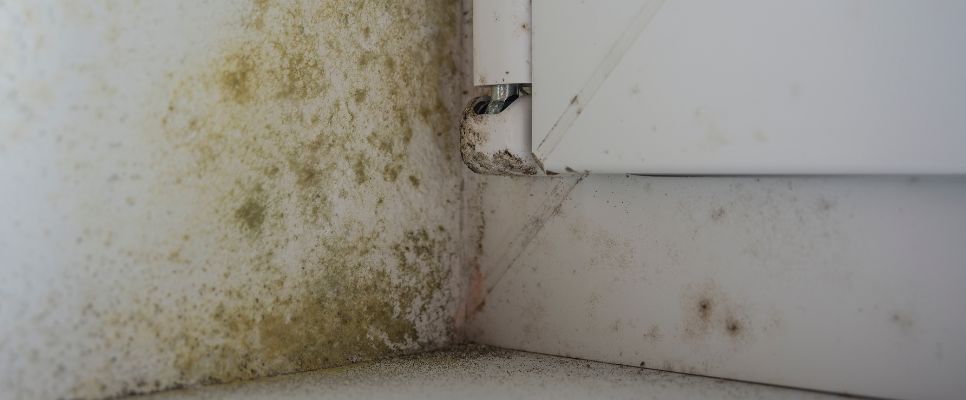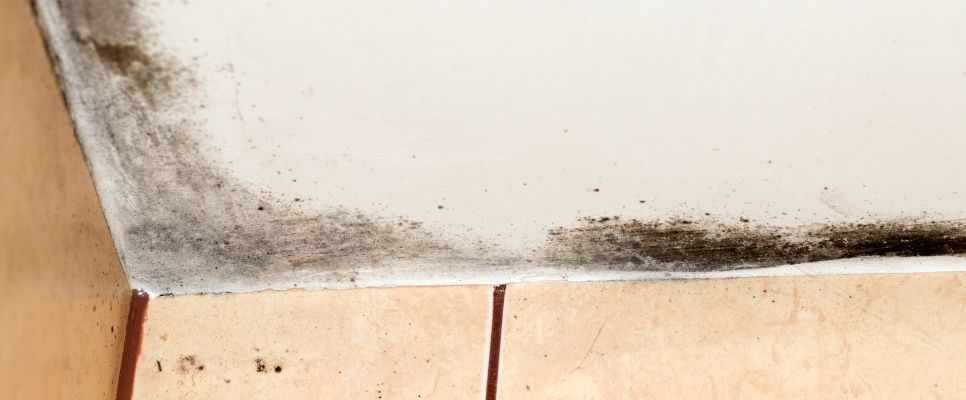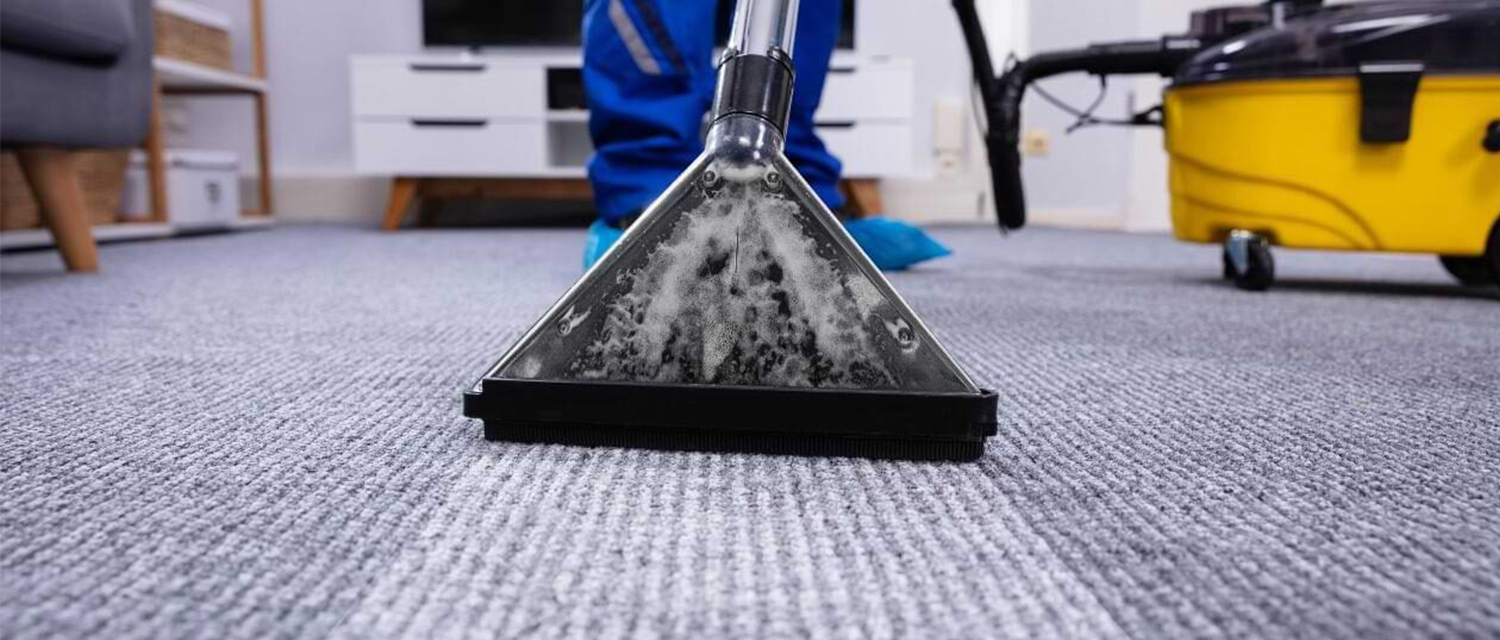How Much Does Mould Removal Cost?
Average Mould Removal Cost: $500 to $3,000
Minor cases can start around $500 to $1,000, while severe mould issues in large areas may exceed $3,000.

Table Of Contents
- Introduction
- Basics about the Costs of Mould Removal
- Factors That Influence The Cost of Mould Remediation
- Different Types Of Mould Removal Services And Their Costs
- Mould Removal Costs In Different States
- Hourly-Based Mould Removal Service Costs
- Additional Costs To Consider While Mould Removal
- Cost of DIY vs Professional Mould Removal
- How To Save Money In Mould Removal Services?
- Selecting a Mould Remediation Company
- Conclusion
Mould Removal Cost Guide – What You Can Expect to Pay
Moulds can harm your carpets, upholsteries, curtains, blinds, walls, ceilings, and floors when they are not cleaned at the right time. It is a significant issue in houses across Australia, where moisture and humidity levels are typically high. One of the more common and concerning areas where mould appears is the ceiling, making it essential to understand the ceiling mold removal cost. Knowing the costs associated with mould removal is crucial, as mould is not only dangerous to your health but can also cause serious damage to your property.
This cost guide seeks to give basic information about mould removal expenses in Australia including an average cost, expenses that may affect the quoted cost and other important factors to consider when planning for mould removal expenses.
Knowing what to expect in a way of expenses, no matter if it is a small mould problem or a large-scale invasion, will help in this important area of home care.
Basics about the Costs of Mould Removal
According to the average information collected from different professionals, mould removal may successfully cost between $500 and $3,000 in Australia. However, the cost of mould remediation can differ widely depending on a number of factors, which include the spread of the mould and the area, and the other techniques of removal.
- Minor Mould Issues: Minimum expenses of below $100 to $ $500 are possible if one opts to execute small do-it-yourself tasks for small area moulds, such as the bathroom tile or walls. However, in such cases, different professional services may cost between $200-$800 for assessment and or treatment.
- Moderate Mould Issues: Fumigation of small areas (up to 10 square metres) costs anywhere from $200-$400, moderate infestation which covers a larger area (10 to fifty square metre) will require from $800 to $1,500. This will sometimes entail more thorough cleaning, and sometimes potential repairs.
- Severe Mould Issues: Mould remediation taking more than 50 square metre occupies the cost bracket of $1,500 to $3,000 or even higher. This may include acts of re-coating, other repairs in some structures that may have been affected as well as testing of air quality.

Factors That Influence The Cost of Mould Remediation
Several factors influence the overall cost of mould removal in Australia:
- Mould Growth Area: The more the area of a given structure affected by mould, the more money charged by the firm. Experts will have to inspect the area, they are likely to use special tools and such work will take more time.
- Location: The amounts may also differ depending on the region of your domicile. The travelling expenses of services are normally higher in urban cities of Sydney, Melbourne and other city centres than in small towns.
- Accessibility: Mould development in difficult spaces like walls or attics can be very costly because the process of safe removal takes a lot of time and effort.
- Type of Mould: Certain kinds of moulds, especially black Slay mould, need more rigorous approaches in terms of removal because of their impacts on human health which pushes up the prices.
- Cleaning Methods: Techniques of mould removal also dictate the cost that has to be incurred to get the work done. Chemical treatments, soda blasting, and HEPA vacuuming are some of the methods which include costs as follows for each process.
- Post-Removal Repairs: However, where mould has affected the walls, ceilings or flooring, then expenses to have these repaired should be considered. This can add to the general costs and may lead to so much loss that is unbearable for some investors.
- Testing and Inspection: In some cases, just before mould removal and after mould removal, sampling may be conducted to measure the quality of air and mould. Testing will cost between $300-$600 depending on the size of the area to be tested and the number of samples taken.
Different Types Of Mould Removal Services And Their Costs
Basic Mould Cleaning Services: This can vary from the simple process of mould removal from small affected areas using washing with toiletries or the services of a special mould remover. It sometimes involves washing affected areas and putting mould retarders on the affected surfaces.
Cost: Overall, fundamental mould removal processes will cost any figure between $200 and $500, depending on the level of infection and region.
Specialised Mould Remediation: However, where the infestation is more severe, professional exterminating services are required. Such specialists analyse the affected property, determine the root cause of dampness and apply efficient methods of its removal.
Cost: The cost for specialised mould remediation usually falls between $500 and $3000 depending on the level of mould and material type, coupled with the level of difficulty of the job.
Mould Inspection Services: An inspection service entails the physical examination of the property by qualified personnel. This can assist in learning about the severity of the mould issue and receiving advice on what should be done for the problem to be solved.
Cost: Such inspections range anywhere between $150 to $400. There might be an additional cost incurred whenever a detailed report is expected.
Preventative Treatments: Following mould eradication some companies may apply preventive measures such as providing and applying mould-resistant paints and sealants or installing dehumidifiers.
Cost: Preventative treatments cost from $300 to $1,000 depending on the solutions that were applied and the dimensions of the area that has been treated.
Emergency Services: However, there are certain situations when extensive mould development occurs mainly after water infiltration into the house, and you will require an emergency mould remediation team near you. These companies act differently to offset other potential harms.
Cost: Emergency services are costlier and may cost about $1,000 to $5,000 depending on the emergency and kind of service.
What Types Of Moulds Can A Cleaning Company Remove?
- Carpet Mould: Carpet mould typically forms from prolonged moisture exposure, like leaks or flooding. It can be dangerous to health and difficult to remove without professional equipment. Local carpet cleaners use deep steam cleaning and antifungal treatments to restore carpet hygiene. The cost ranges from $120 – $350 per room (depending on severity and size).
- Upholstery Mould: Mould in upholstered furniture can develop in hidden padding layers and fabric seams. Professional upholstery cleaners use hot water extraction and eco-safe mould killers to disinfect and deodorise. The cost ranges from $80 – $200 per item (e.g., sofa, armchair).
- Curtain and Blinds Mould: Curtains and blinds are especially prone to mould in humid spaces. Curtain cleaning services typically involve gentle steam treatment or dry cleaning, depending on the material. The cost ranges from $60 – $150 per set (based on fabric type and length).
- Tile Mould: Tile surfaces in kitchens and bathrooms often collect black mould in grout lines and corners. Cleaning involves scrubbing with mould-specific chemicals and sealing grout to prevent recurrence. The tile cleaners cost ranges from $150 – $400 for a standard bathroom or kitchen area.
- Bathroom Mould: This includes mould on tiles, ceilings, behind toilets, and in shower cubicles. Professional cleaners use high-pressure steam and antimicrobial sprays to completely eliminate spores. The cost ranges from $150 – $350 per bathroom.
- Awnings Mould: Outdoor awnings can grow green or black mould due to weather exposure. Cleaning involves pressure washing and applying mildew-resistant treatments. The cost ranges from $100 – $300 per awning (depending on size and fabric).
- Kitchen Mould: Mould in kitchens can be found on walls, under sinks, and inside cabinets. It’s often due to plumbing leaks or poor ventilation. Professionals assess moisture sources and disinfect thoroughly. The cost ranges from $180 – $400 per kitchen.
- Wall Mould: Wall mould can be dangerous and a sign of underlying damp issues. Treatments often require cleaning, drying, sealing, and in severe cases, partial repainting. The cost ranges from $200 – $500 per room (depends on area affected). You can hire a pressure cleaning company for great results.
- Ceiling Mould: Often caused by poor insulation or roof leaks, ceiling mould needs urgent removal to avoid spreading. Professionals use ladders, safety gear, and specialised sprays to clean it. The cost ranges from $250 – $600 (depends on height and surface material).
- Roof Mould: This type of mould can develop in roof cavities or under roofing materials, typically due to poor ventilation. Removal may involve crawlspace access, insulation checks, and anti-mould sprays. The cost ranges from $300 – $800+ (depending on roof size and access).
Mould Removal Costs In Different States
The cost of mould removal in Australia can differ from state to state. Here are the average costs of mould removal services in Australia:
| Name of the state/ territory | Average cost for mould removal |
|---|---|
| New South Wales | $500 |
| Victoria | $400 |
| Queensland | $450 |
| Western Australia | $600 |
| South Australia | $300 |
| Tasmania | $200 |
| Northern Territory | $250 |
| Australian Capital Territory | $350 |
Hourly-Based Mould Removal Service Costs
The hourly rates in Australia also differ. Generally, the cost of mould removal is cheaper in largely populated cities. Below are the hourly prices of mould removal in various states.
| State | Hourly mould removal cost |
|---|---|
| VIC | $31 |
| NSW | $30 |
| ACT | $37.50 |
| WA | $30 |
| SA | $35 |
| TAS | $25 |
| QLD | $30 |
Additional Costs To Consider While Mould Removal
While the primary focus may be on removal costs, several additional expenses can arise during the mould remediation process:
- Home Inspection Fees: Again if you only strongly believe there is mould present but do not know the degree of infestation, it will cost between $200 and $800 for a mould inspector. This fee usually includes an extensive evaluation of the property and in some cases the testing of the air quality.
- Repairs and Renovations: Likely you may require some repair work such as filling up the wall for the mould, repainting or getting a new floor. These costs differ according to the materials used and the level of destruction.
- Preventative Measures: When ready to prevent mould problems in future consider installing dehumidifiers, proper ventilation or waterproofing. Prices for these vary from $150 to $1000 contingent on the measures, which you select.
- Insurance Deductibles: If your mould problem was caused by a covered event according to your homeowner’s insurance, the cost will be adjusted for deductibles. Then again, their medication could impact your direct expenses quite considerably.
Cost of DIY vs Professional Mould Removal
Choosing between performing mould removal on one’s own and hiring professional services is one of the most challenging questions homeowners meet in Australia. DIY methods can save a lot of money and in general cost $30-$130 on basic ingredients such as cleaning solutions, personal protective equipment, and equipment. This means that DIY is appropriate for small mould problems. However, such approaches are more immediate and cheaper but less effective where the infestation is massive and poses some health risks where correct precaution measures are not followed.
While DIY mould removal is appropriate in some cases, professional services are more effective and detailed at a cost of between $500 and $3,000, depending on how severe the mould is. What is more, these services frequently comprise the first evaluations, interventions, and prophylactic treatments and, therefore, are broader. These are, however, relatively costly, and should ideally be used for large-scale mould problems as they address the problem efficiently and do not allow for regrowth. Cases like duct mould removal, ceiling mould removal and wall mould removal urgently require professionals. Lastly, the choice depends on the severity of the mould problem or the homeowner’s pocket and willingness to engage in do-it-yourself projects.
How To Save Money In Mould Removal Services?
- Identify Early: Check from time to time your home for mould signs to avoid going for expensive repairs as a result of huge damage by mould.
- DIY Minor Cleanup: For small areas, consider using other methods that involve the use of water and other small items such as vinegar, baking soda or even commercial mould cleaners.
- Use Protective Gear: If handling minor issues alone, buy simple protective tools to avoid further hospital bills down the line.
- Compare Quotes: When conducting the mould clean-up, it is important to get estimates from several mould removal contractors to get the best price and service quality.
- Negotiate Services: Dispel any fears that you may have by speaking to the professionals and offering to inquire whether there are any discount offers for the package of inspection and removal.
- Maintain Ventilation: Effect home ventilation and humidity levels in order to minimise chances of mould formation; therefore, avoiding expensive implications of removal later.
- Conduct Routine Maintenance: Clean your gutters, ceilings, floors and walls and walls on a regular basis, and look for creeping stains to identify leaks while making sure there is water away from your home to discourage mould growth.

Selecting a Mould Remediation Company
When selecting a mould removal service in Australia, consider the following:
- Experience and Credentials: Ensure that you select a service provider who has the best record in eradicating mould from your home. In checking for some credentials, ensure you are searching for criteria like IICRC (Institute of Inspection, Cleaning and Restoration Certification).
- Reviews and Recommendations: It is also easier to search it up on the web or seek advice from those near and dear to you in core services offered nearby.
- Written Estimates: Make sure to get a written estimate and always ask for a detailed one before signing the contract. This should also include the estimated time of work to be accomplished, estimated cost and any warranties or guarantee offered.
- Insurance and Licensing: The company needs to have permits to work to avoid cases where you will be held responsible in case of accidents while handling the removal process.
Conclusion
The removal of mould is very important for a healthy lifestyle in a hot and humid climate like Australia. Before you make a decision it is important to understand that the costs of mould removal depend on various factors. Regardless of whether one hires a professional firm or looks for various do-it-yourself approaches, mould issues should be dealt with early enough to safeguard the residence as well as the occupants. If at any point whilst performing the process you doubt something, it is always wise to consult a professional because mould removal should be done in the right manner to avoid a recurrence of the problem and the promotion of a healthier living environment.
Costs of various services and materials in this cost guide should be taken as estimates. These depend on location, preference and demands in the market.
Answers to Your Common Questions
The cost of mould removal can range from $150 to $1,500, depending on factors like the size of the area affected, the severity of mould growth, and the type of mould. Small areas or light infestations tend to be less costly, while extensive mould coverage or toxic mould may lead to higher costs.
Yes, different types of mould can affect the cost. For example, common black mould removal might cost around $500 to $1,000 for an average room, while toxic mould or mould that has penetrated building materials can push costs toward the higher end, closer to $2,000 or more.
Yes, if mould has spread to areas behind walls or under flooring, removal costs can increase significantly. In such cases, costs might reach $2,000 to $6,000 due to the need to open walls, replace insulation, or refinish surfaces.
Several factors can increase costs, including the size of the affected area, whether it’s in difficult-to-reach spaces, and whether special equipment or protective measures are needed. For example, removal in a bathroom might cost around $300 to $700, while removing mould from entire basements could range from $1,000 to $3,000.
DIY mould removal for minor spots can be inexpensive, often only costing $10 to $30 for cleaning supplies. However, professional mould removal for more significant growth is recommended to ensure complete eradication and can range from $300 to over $1,500 depending on the job's complexity.
The sources of mould are patches, smell, ring, dampness, and symptoms such as sneezing or coughing. You can observe these signs to confirm the presence of mould on your property.
You can stop mould growth through control of moisture content in houses, proper airing of houses, fast repair of leakages and routine cleaning of damp-prone areas.
Indeed, small mould spots can be removed with the help of household cleaning products, but large mould growths or toxic mould species removal should be carried out by specialists.


![How Much Does House Cleaning Cost? [2025]](https://servicetasker.com.au/storage/2024/01/1704178979.jpg)





